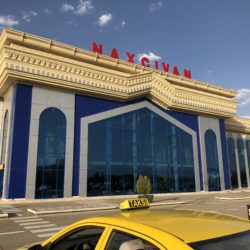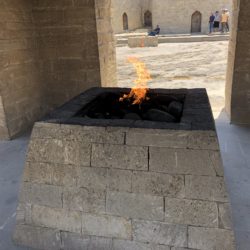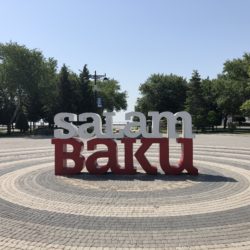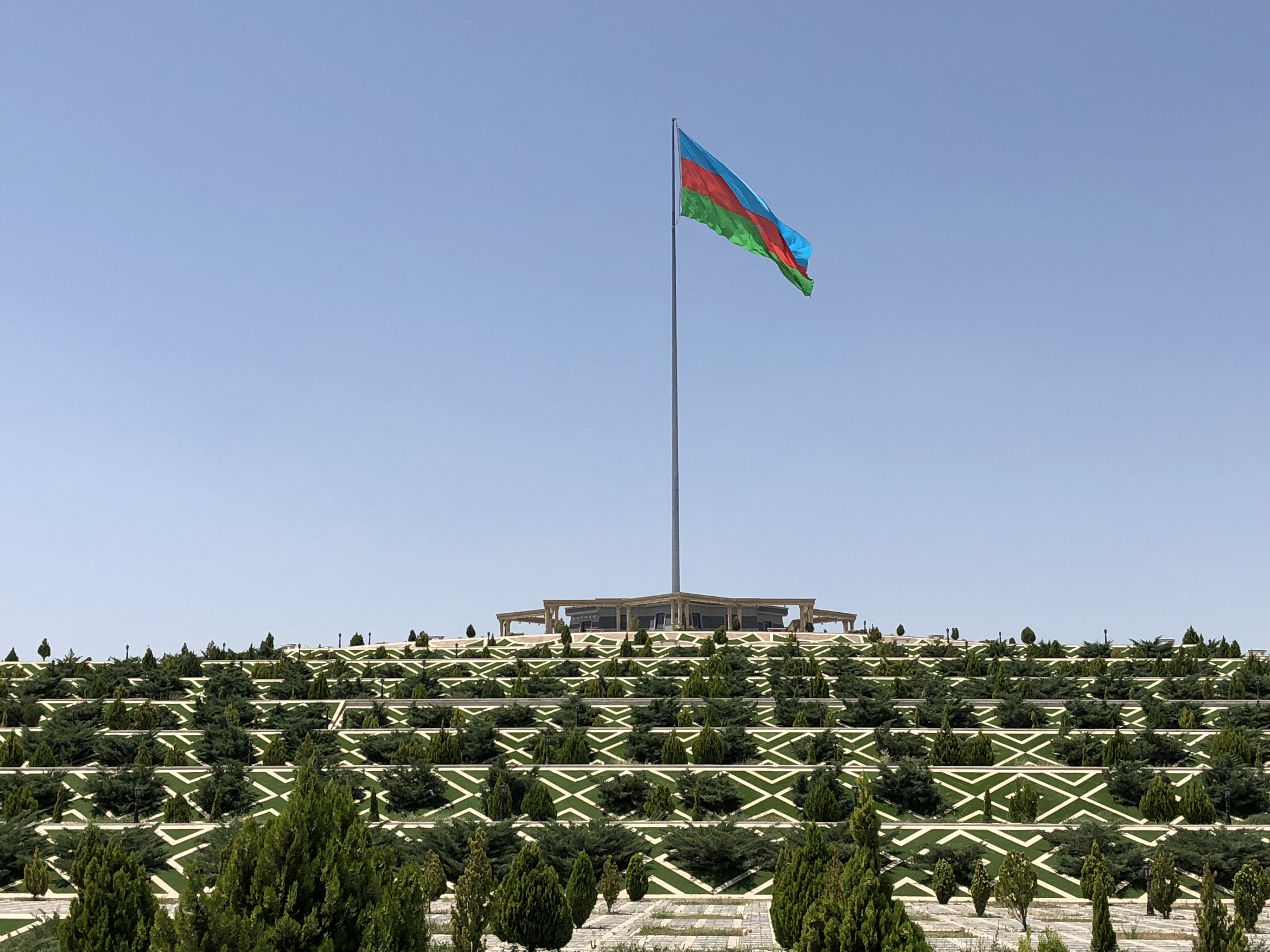
As promised in Part I of my post that let you in on a bit of general history and travel tips for Naxçıvan, here are some suggestions on how to spend a day in Naxçıvan City.
If you’re a museum/history/art junkie like me, then Naxçıvan will treat you well. All state run museums are free. Yes, completely and totally FREE. But wait, there’s more: in addition to paying zero down upon entry, each museum will provide you with the option of being accompanied by an English-speaking guide. (I highly suggest you take them up on the offer as most of the written descriptions are only in Azerbaijani.)
Möminə Xatın türbəsi (Tomb of Momine Khatun)
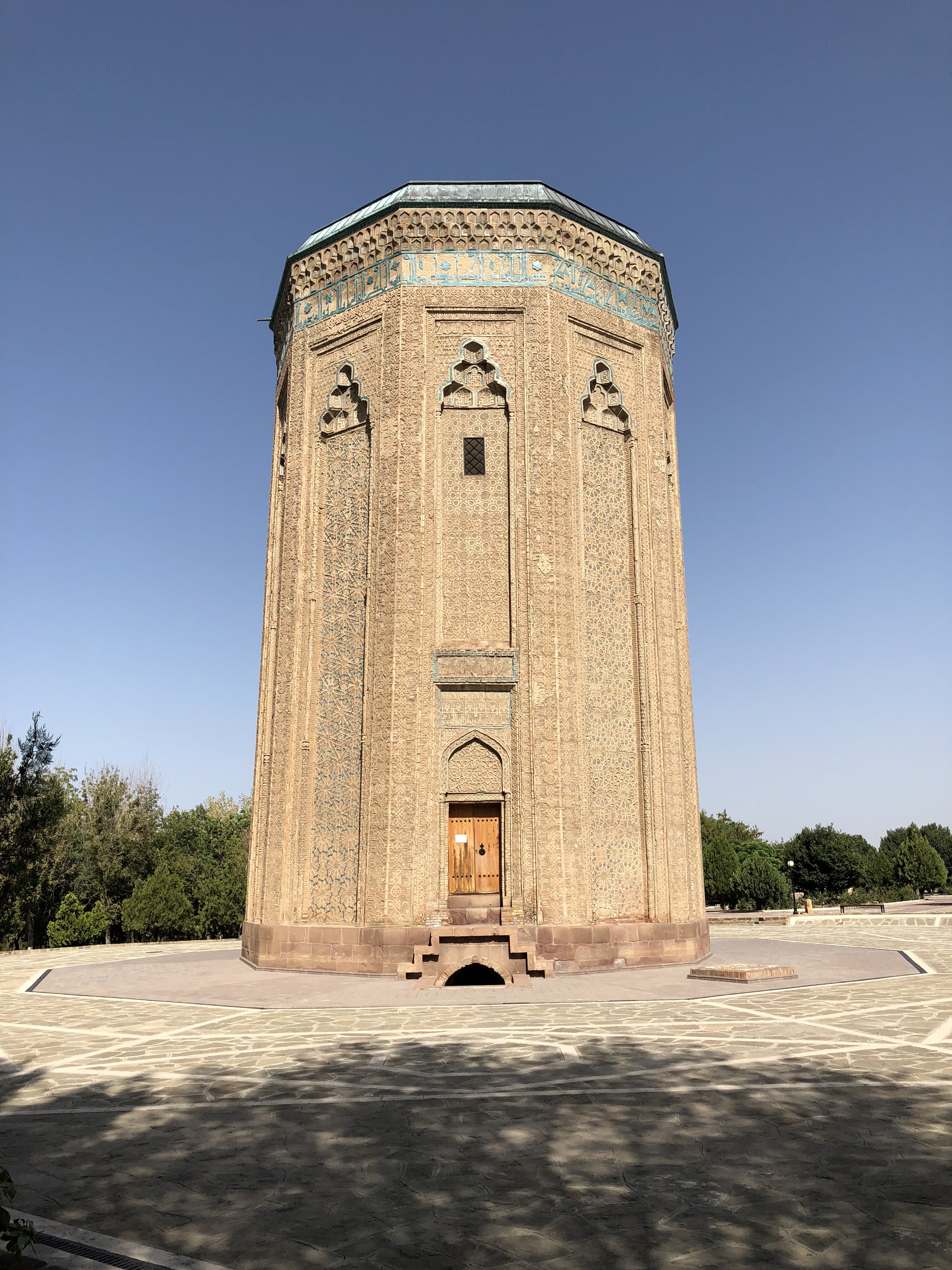
The most famous architectural monument in Naxçıvan City is easily the Möminə Xatın türbəsi. The tomb was built in 1186 after the death of Möminə Xatın, wife of first ruler of the Kingdom of Azerbaijan in the Middle Ages. It was once surrounded by an entire complex of educational buildings that have since been destroyed. The architect, Adjemi Nakchivani, went on to found the Naxçıvan School of Architecture; his style continued to hold great influence in the region for centuries after his death. The Möminə Xatın türbəsi has ten sides, each inlaid with decorative brick and turquoise- a Nakchivani signature. Inscriptions from the Quran surround the doorway. A small exhibit inside gives you an idea of what the square looked like 800 years ago.
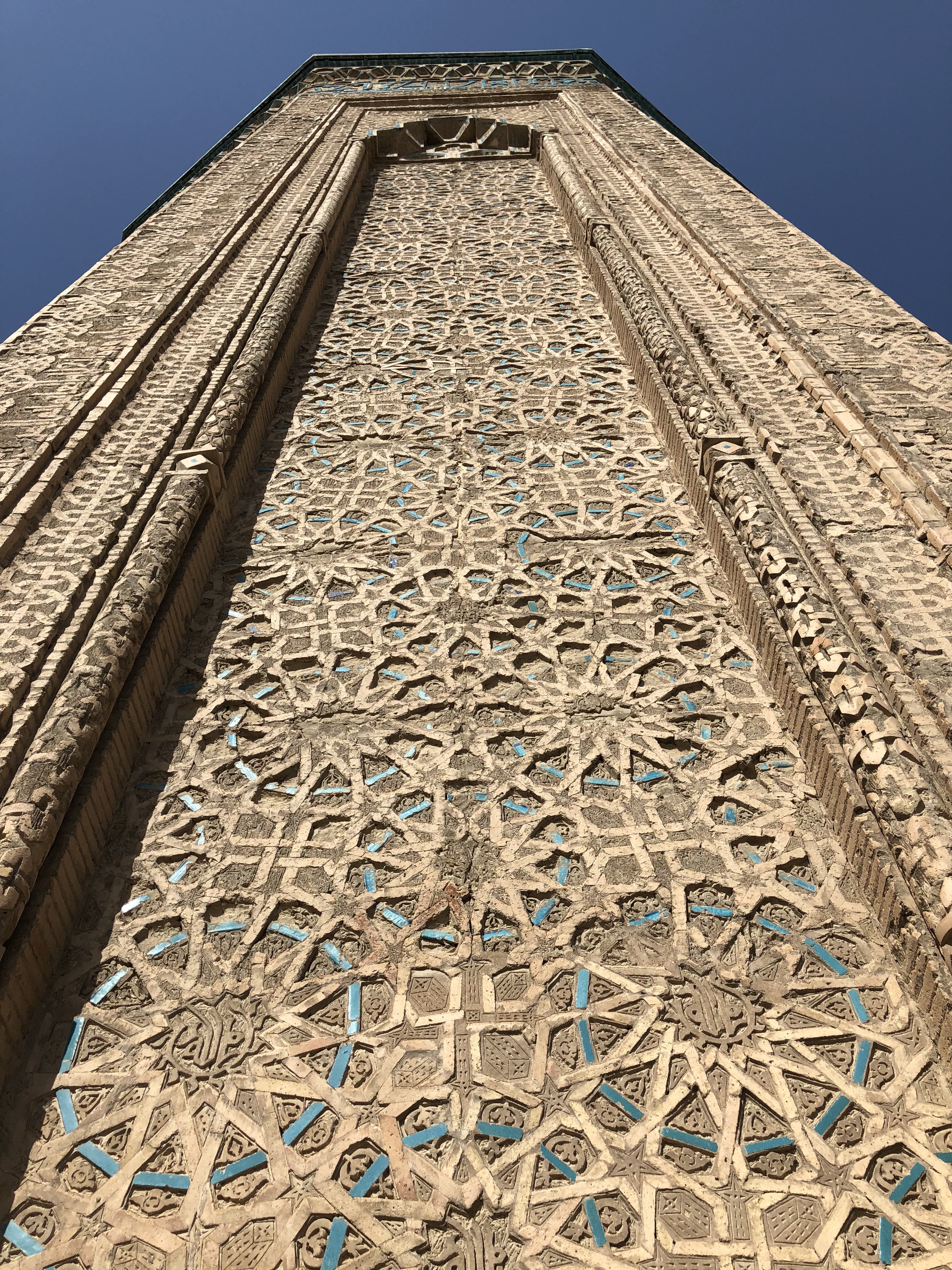
Xan Sarayı (Khan Palace)
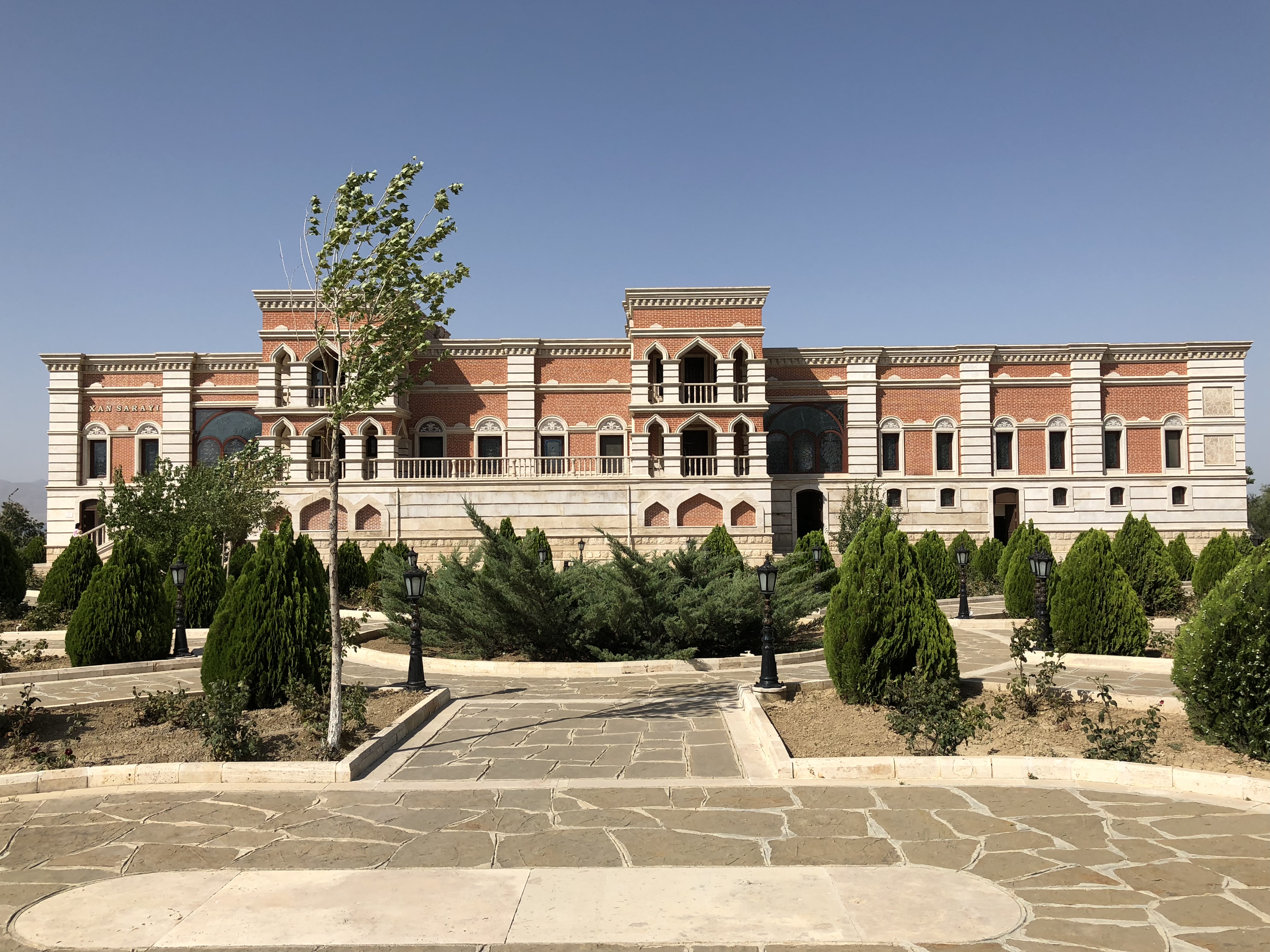
Directly behind the Möminə Xatın türbəsi is the Xan Sarayı, which was built in the late 18th Century as a home for the Khans of Naxçıvan before the territory was absorbed into the Russian Empire in 1828. Today the palace has been turned into a museum that chronicles the history of the Khanate, featuring some interesting old flags of Naxçıvan, as well as several rooms of the old living quarters where the Khan’s family would dine and receive visiting foreign dignitaries.
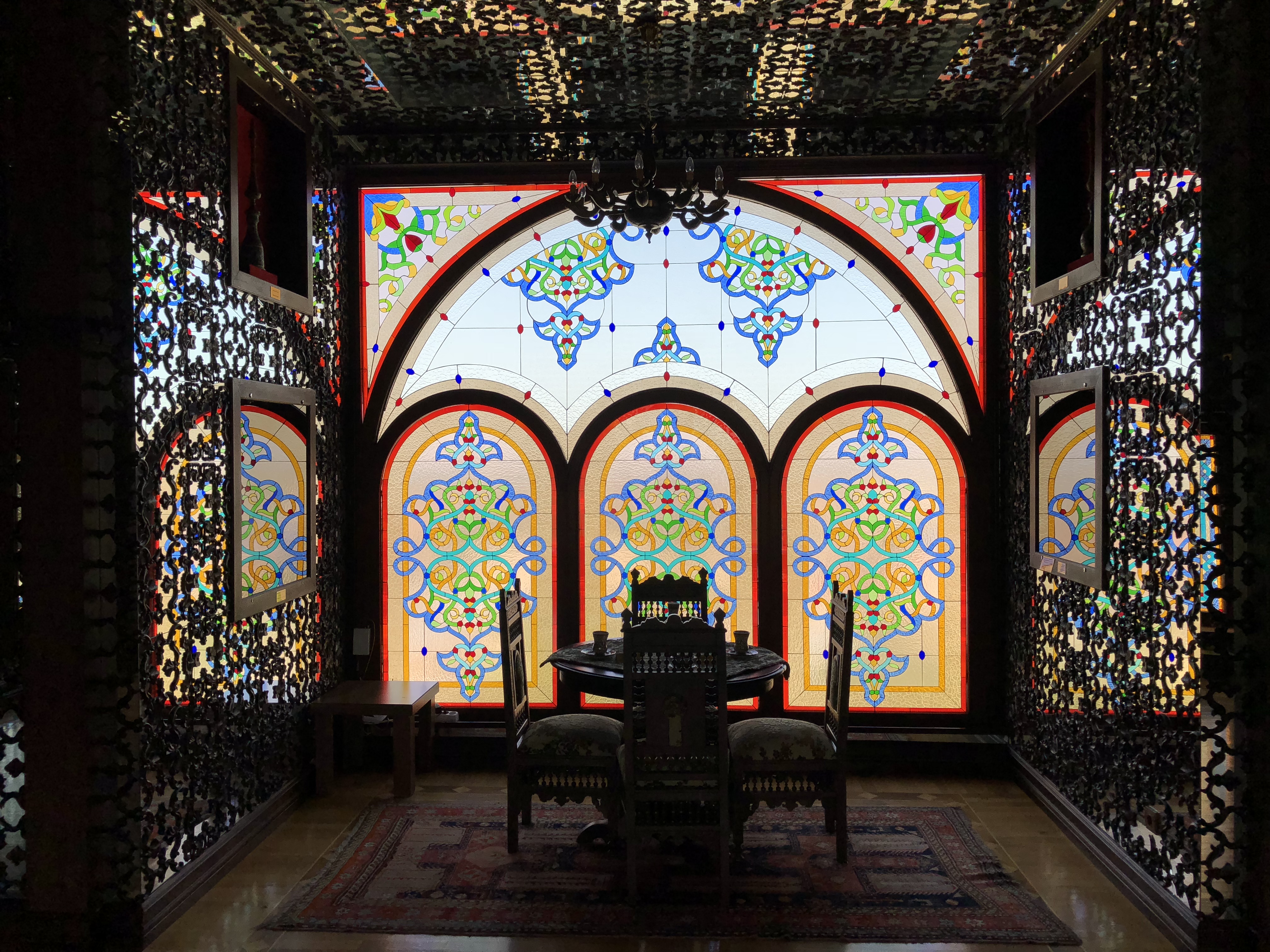
Garden surrounding Möminə Xatın türbəsi
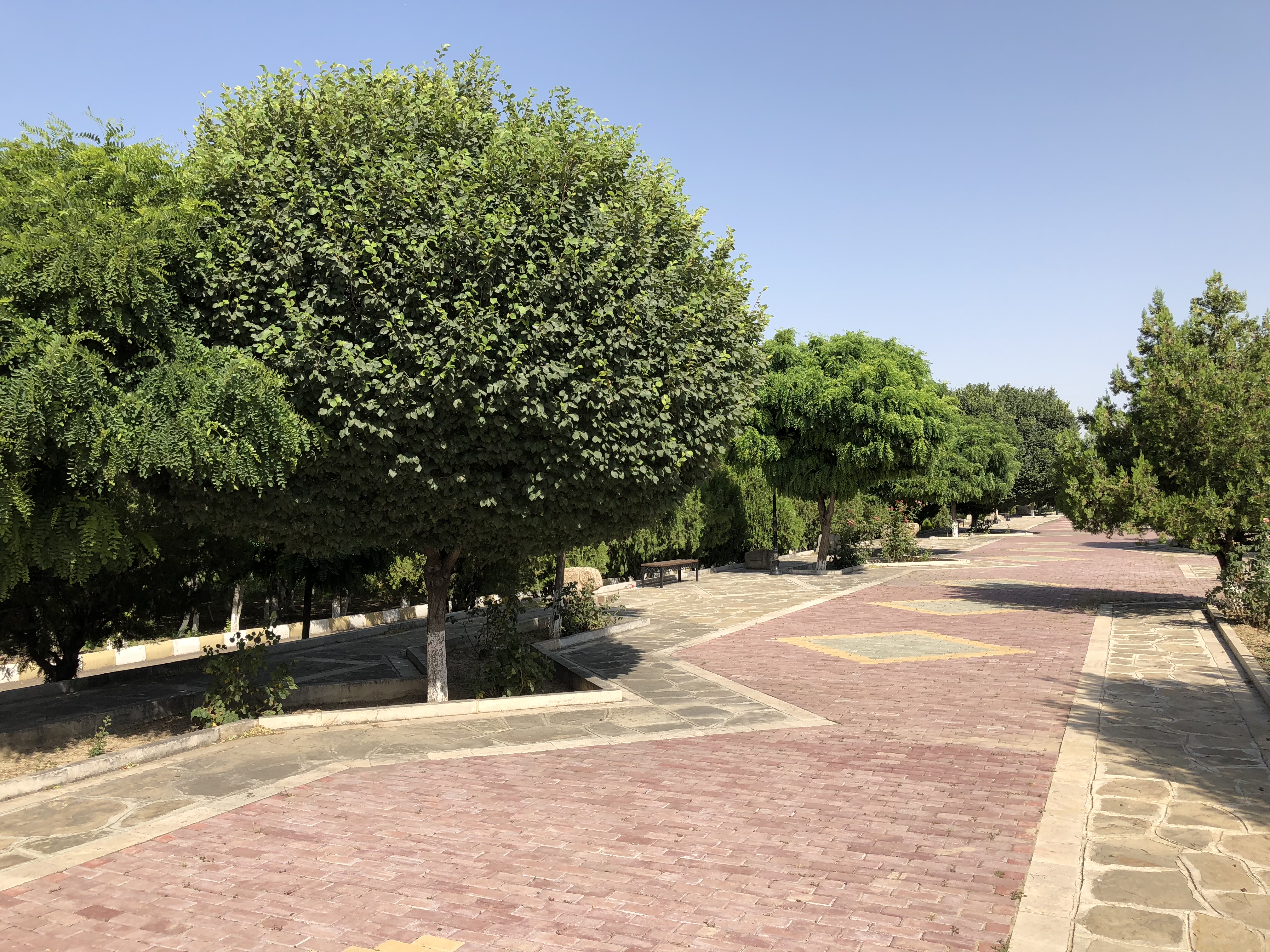
The area around the tomb and palace has been turned into into an archeological park/garden. During the early 1990’s, at the height of the war with Armenia, the government gathered important artifacts from all over Naxçıvan and brought them to the capital for safekeeping. Rather than returning them, they have been put on public display in the garden.
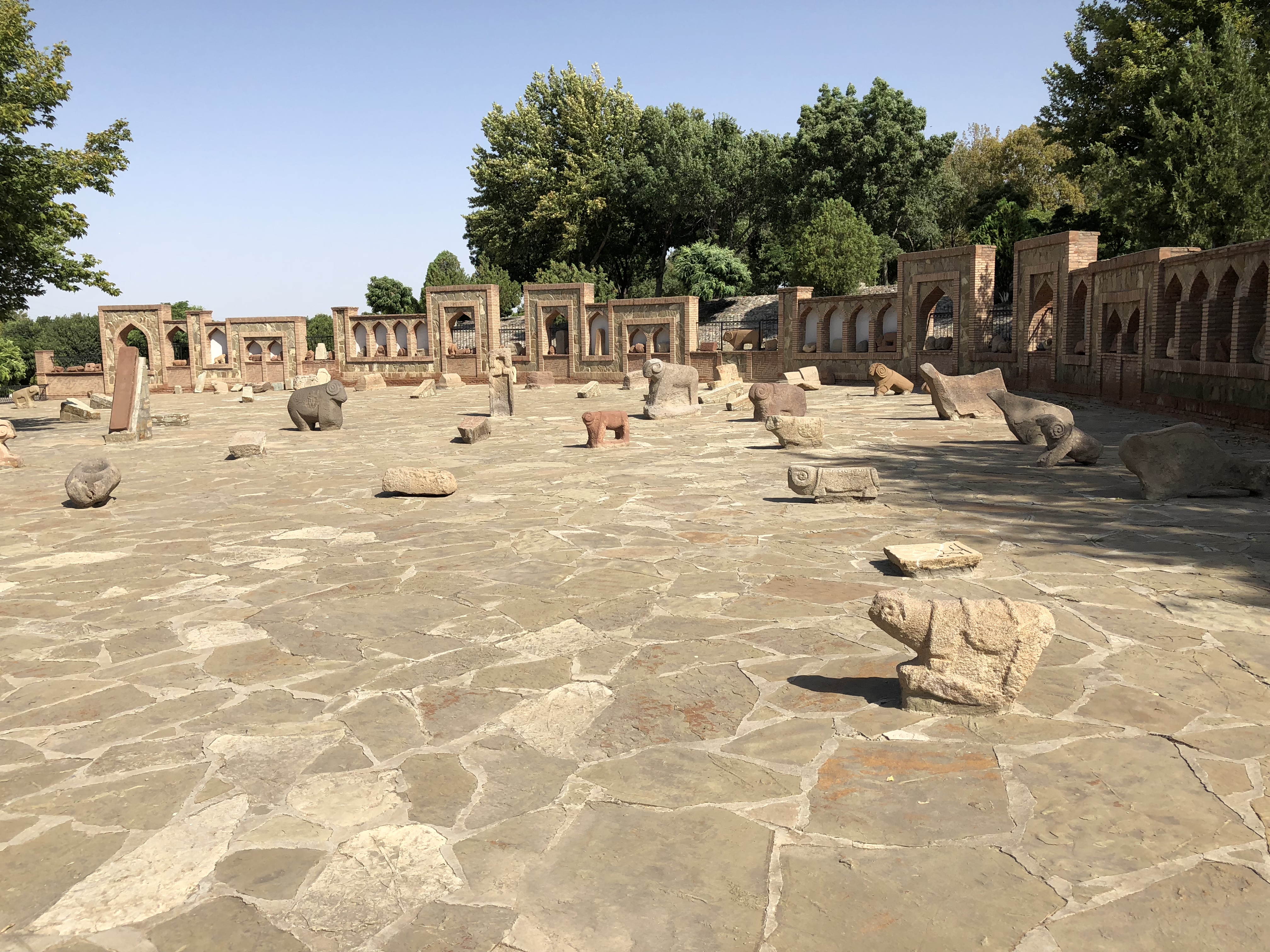
Everywhere there is a patch of plantable earth in the capital, you are bound to find a rose bush or two. It’s hard to imagine how they thrive in such heat (it was a scorching 107F/42C the day I visited in July), but somehow they manage. No less than half a dozen timidly stopped me in the garden to inquire from where I hailed. On of the advantages of getting off the beaten trail is that no one has grown weary of tourists and it’s easy to mingle with the locals. I found that the older generation knew mostly spoke Russian as a second language, but anyone under 30 eager to chat me up in English.
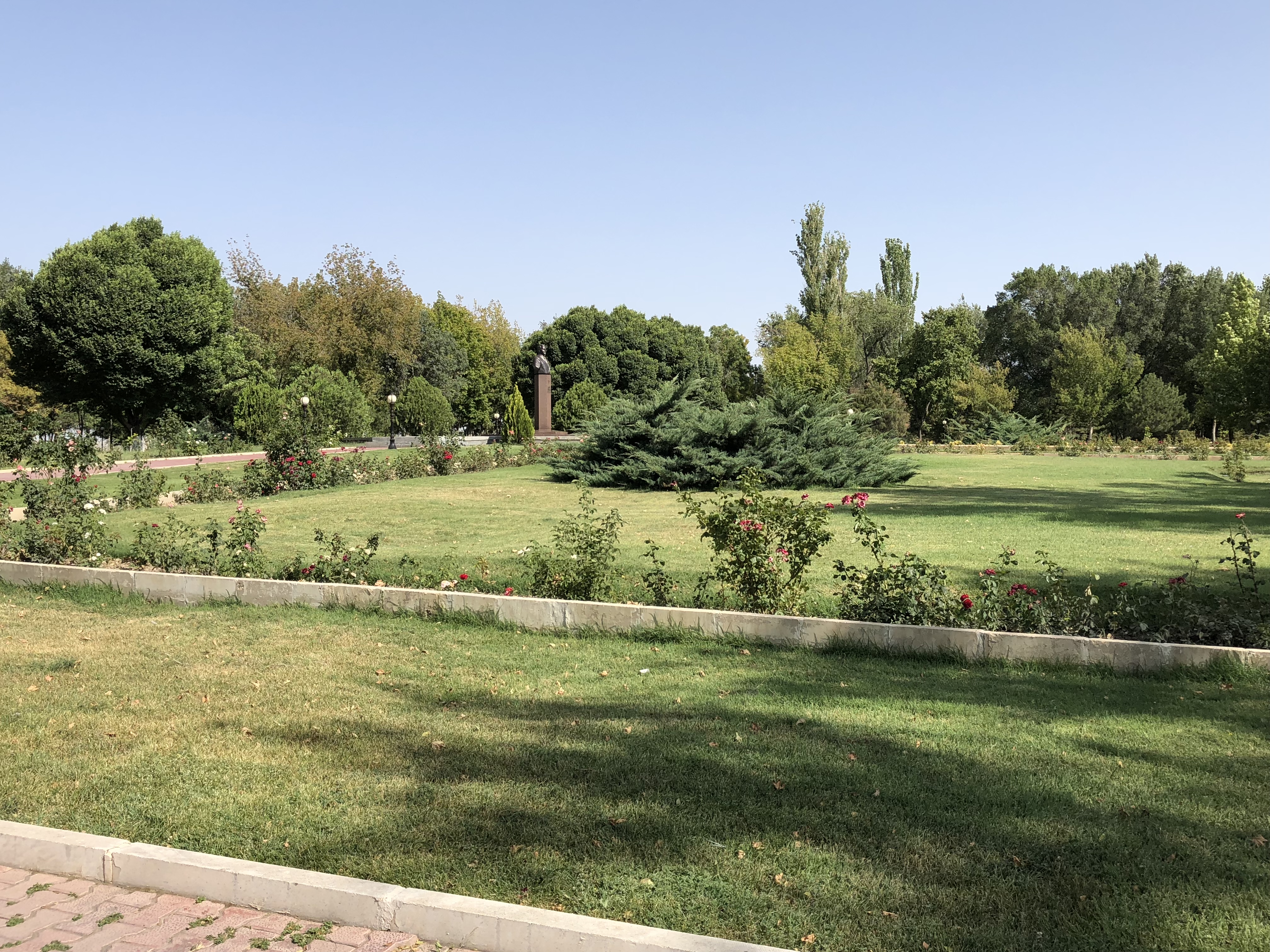
Həzrati Zəhra Məscidi and Cümə Məscidi
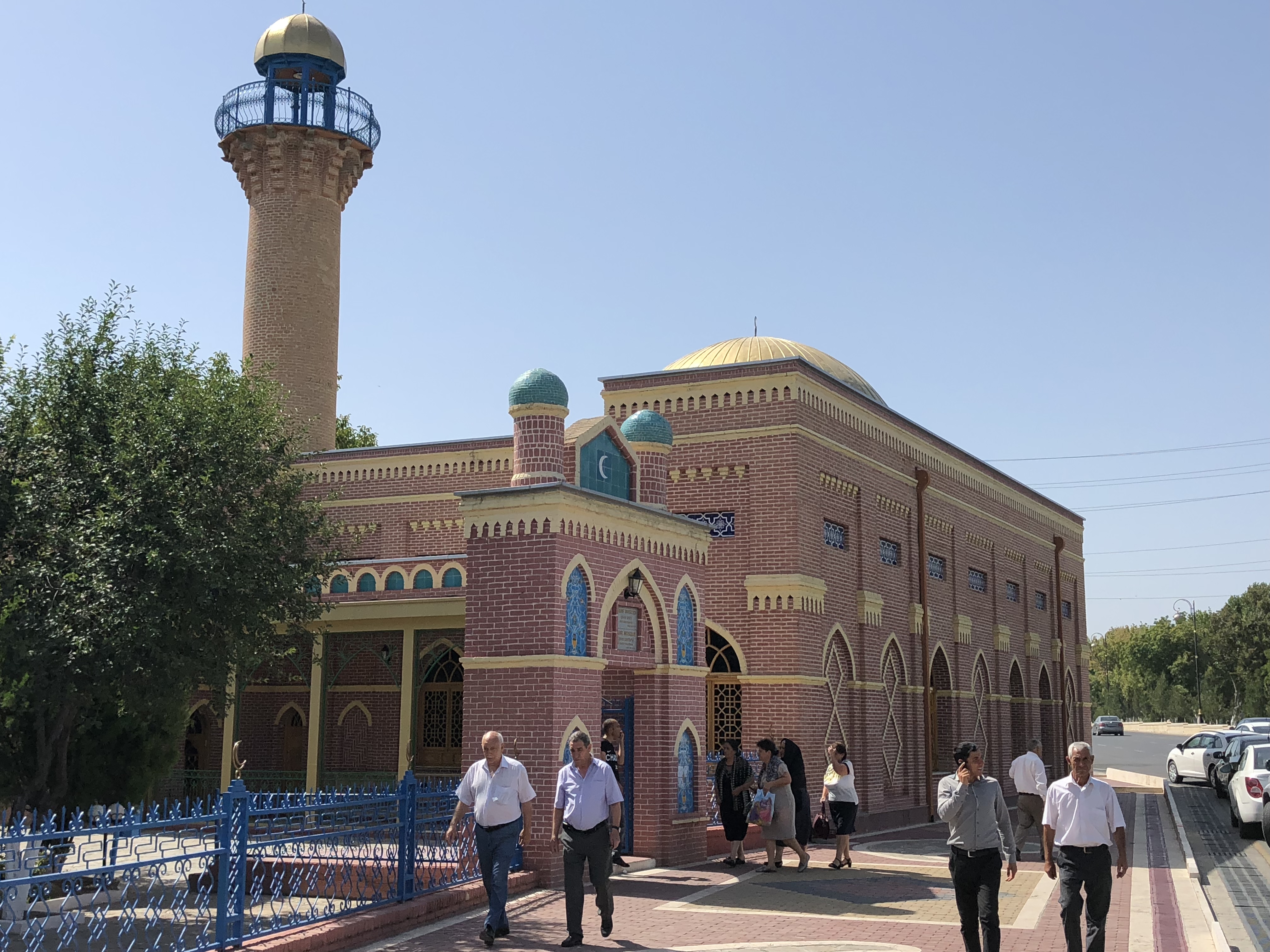
Of the several mosques I visited in Naxçıvan City, Cümə and Həzrati Zəhra Məscidi were the most beautiful. Cümə Məscidi was built in the 18th Century and was badly damaged in 1918, but has since been fully restored. The Soviet Union banned all religions, but Cümə Məscidi holds the distinction of being the only mosque in Naxçıvan that was allowed to remain open during Soviet times. Həzrati Zəhra Məscidi is located across the street from Böyük bağ, a large park in the center of town.
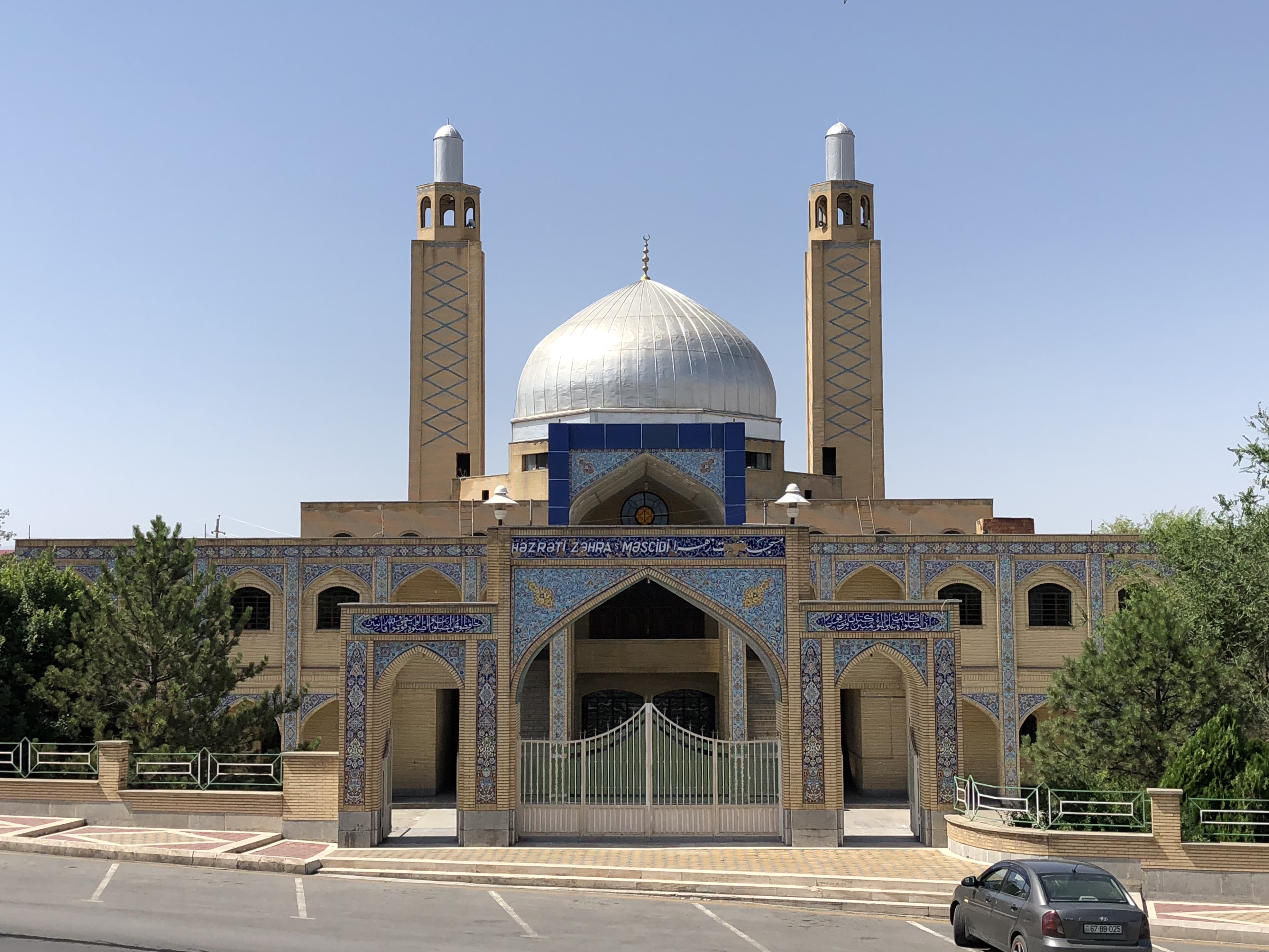
Kitabxana Məmməd Səid Ordubadi (Library of Məmmed Səid Ordubadi)

Built in 1922, Kitabxana Məmməd Səid Ordubadi serves as the main library in Naxçıvan. Ordubadi, for whom the library is named, was one of the prominent literary and political figures in Azerbaijani during the 19th and 20th Centuries. He worked as journalist, playwright, poet and novelist before transitioning to politics in his later years when he was named deputy of the entire Azerbaijan SSR.
Naxçıvan Dövlət Tarix Muzey (Naxçıvan State History Museum)
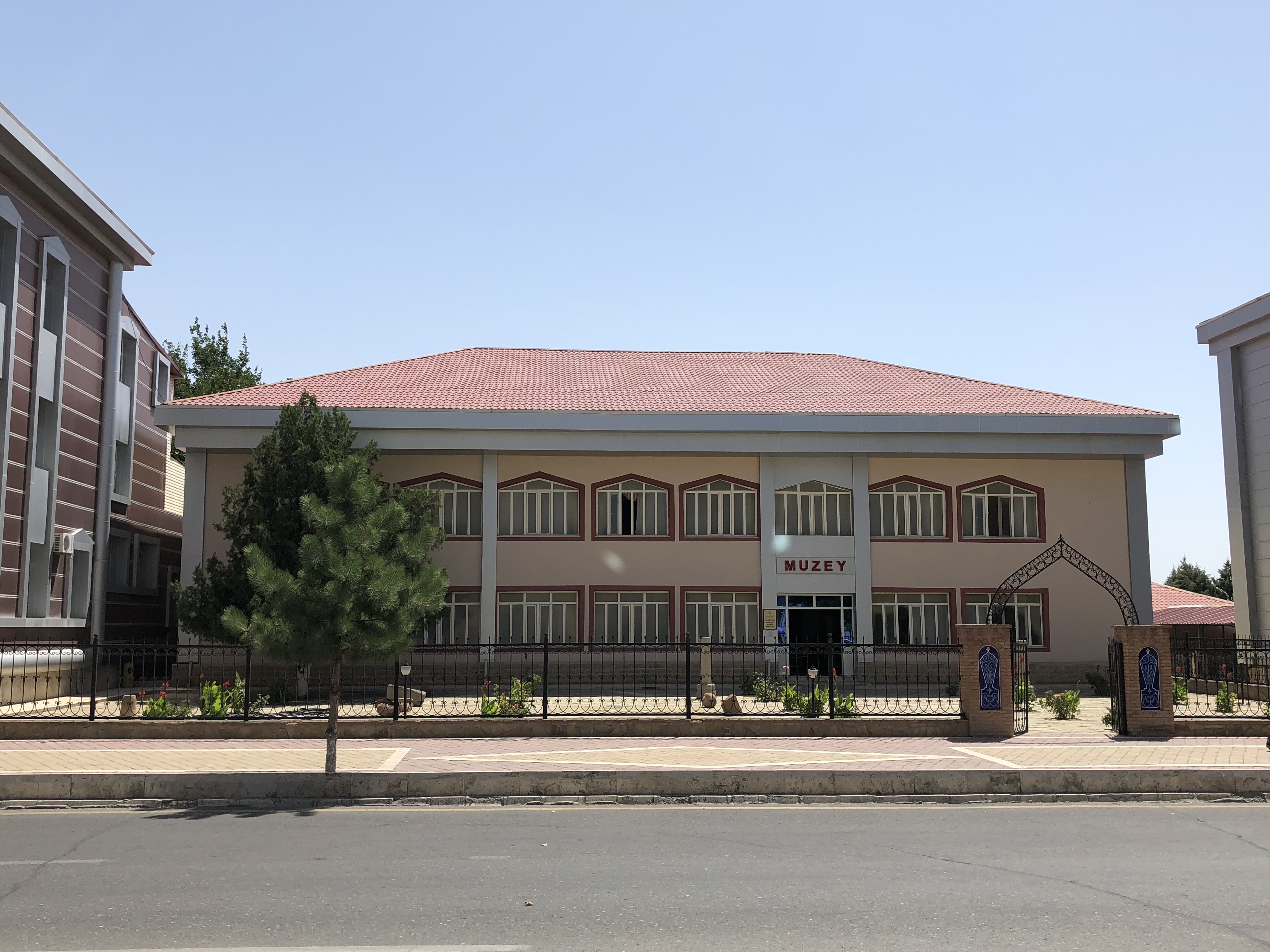
If you’re looking for a crash course on Naxçıvan history- and let’s face it, there isn’t a lot of English-language material out there- then the Naxçıvan Dövlət Tarix Muzey is a great place to start. My guide took me through prehistoric times, right up to the present day. This may seem obvious, but if you engage with a museum you’ll get a lot more out of it than just listening to them rattle of the list of memorized facts of their standard spiel. Plus, the sharing goes both ways: the guides were just as interested to hear about life in New York as I was to learn about Naxçıvan City.
As I learned here, one of Naxçıvan’s chief exports is salt, and it’s used for a lot more than seasoning food. The salt mines of Mount Duzdag are famous for their restorative powers; health tourism is taking off with the promise of one’s respiratory ails being cured by spending a night or two in the highly concentrated atmosphere inside the mountain. I really regret not checking this out, but it’s just another reason to return. I did pick up a box of the salt, which is sold in every market around the city.
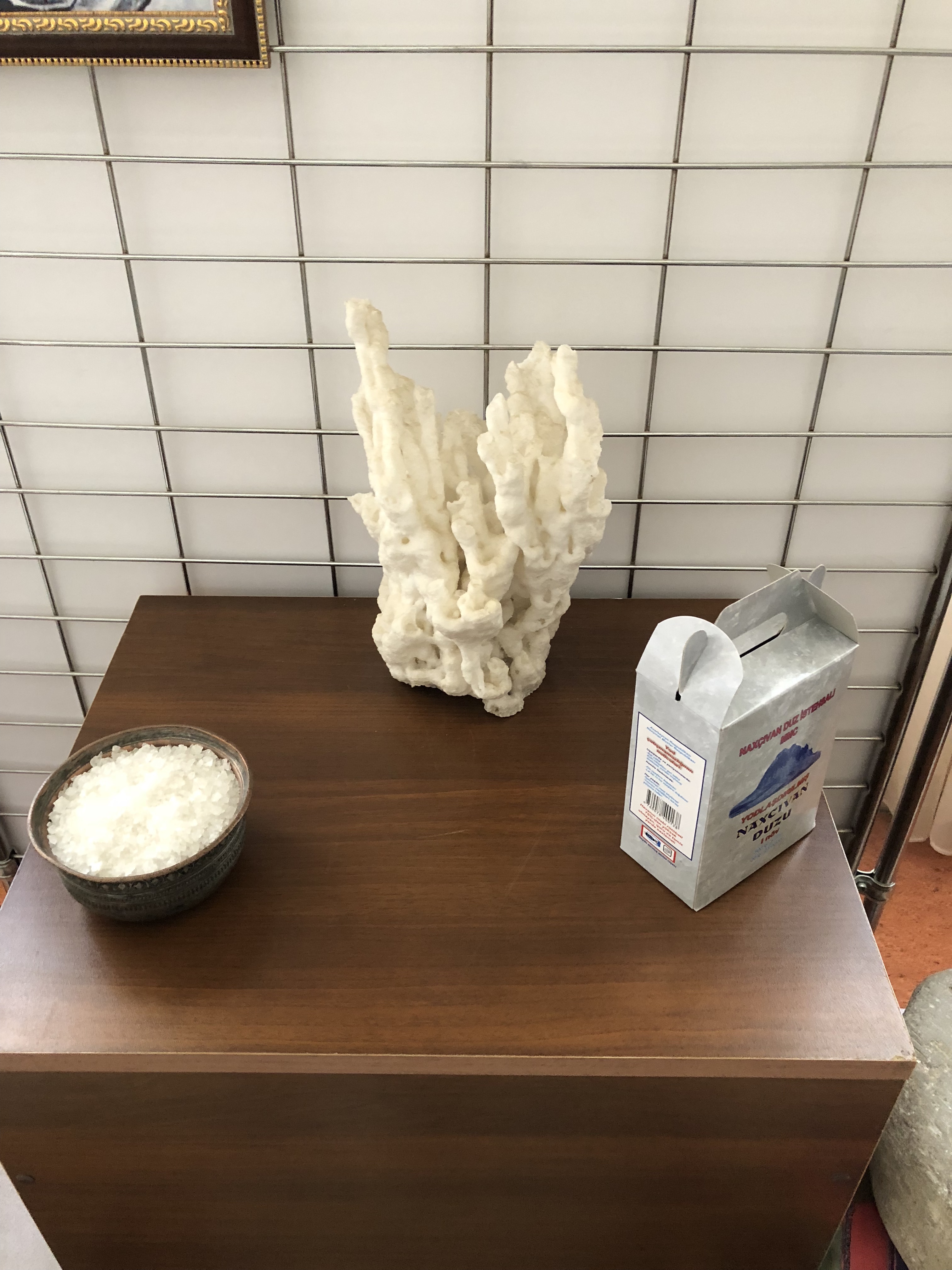
There’s so much to do in Naxçıvan City, even in just one day, that one post can’t hold it all! Look out for Part III coming soon…
